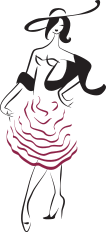First-class oysters from île d'Oléron
L'Oléronaise oysters: flavor and freshness
Our products
Oléron Oysters
Fine l’Oléronaise
Fine L’Oléronaise oysters are raised off the coast of the island of Ile d’Oléron. To keep the flavor of these oysters consistent all year round, we apply traditional practices to perfectly time the maturing phase with changes in the climate. Produced for general consumption, this variety is has a more pronounced iodine taste than the Fine d’Irlande species, and a meat yield of 10-12%.
île d'Oléron Oysters
Fine de Claire
The Fine de Claire is known worldwide, with a typical taste of the land obtained after maturing for 21 days in our "claires" (clay basins filled with seawater). During this maturing process, the gills can turn green due to a microalgae called blue navicula; its development is entirely natural. The green color, pleasing to the eye, signifies excellent taste quality.
It took the great skill of our ancestors to create Originelle de Jeanine oysters. They are bred in clay ponds fed with seawater called claires for 4-6 months at a very low density of one or two oysters per m2 (10.75 sq ft). Because they are grown right on the sea floor, they acquire a very unique flavor of the terroir. A delight for oyster connoisseurs, this variety boasts a meat yield of 16-17%.
Oyster Special
Spéciale « Cuvée Prestige »
Oyster farming
Raising Oysters in Charente-Maritime
Producing superior oysters takes three years from hatching to shucking. trois ans pour vous garantir une huître de qualité.
“We spend three years moving our oysters to the choicest sea beds where food is most plentiful. To give them the best growing conditions during these three years, we keep giving them more room by lowering the density in each pouch and increasing the netting based on how big they get. Over this time, we are also constantly turning the pouches to harden the oyster shells and make them round. They spend these three years strengthening the muscle that keeps their shell closed as the tide flows in and out twice a day.”
Cédric Massé
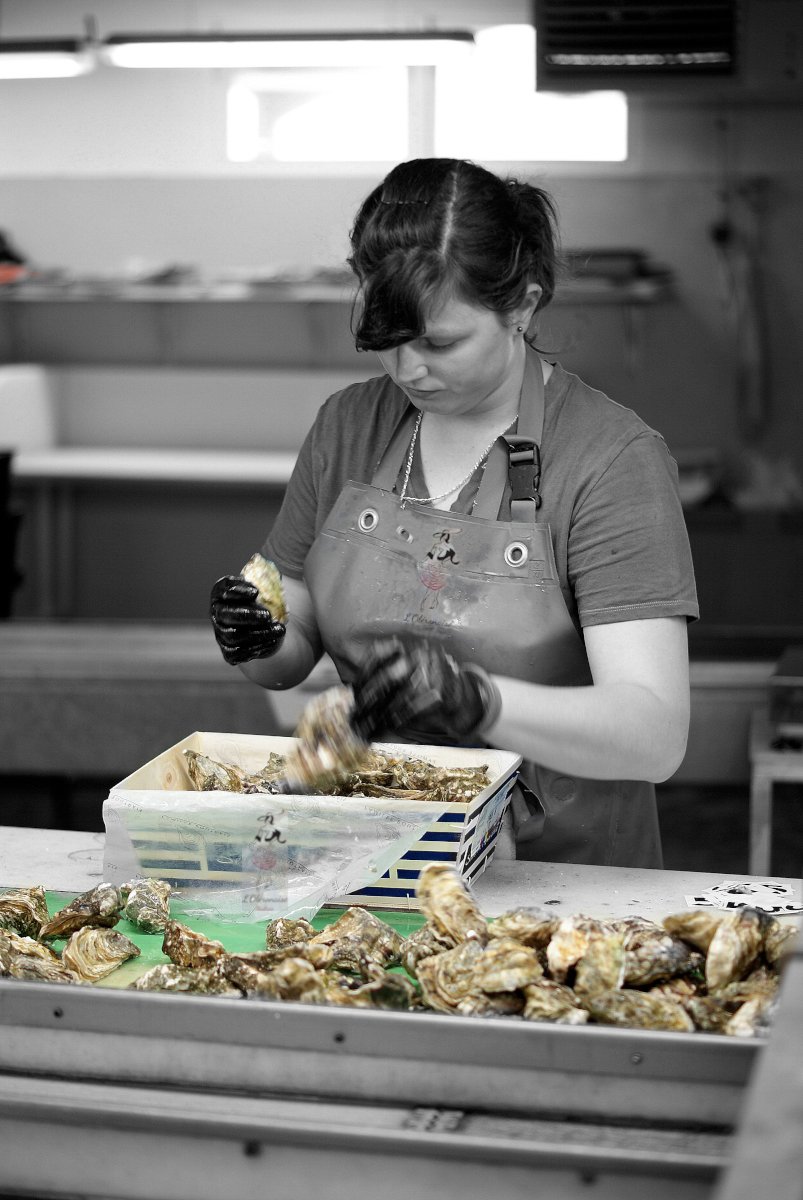
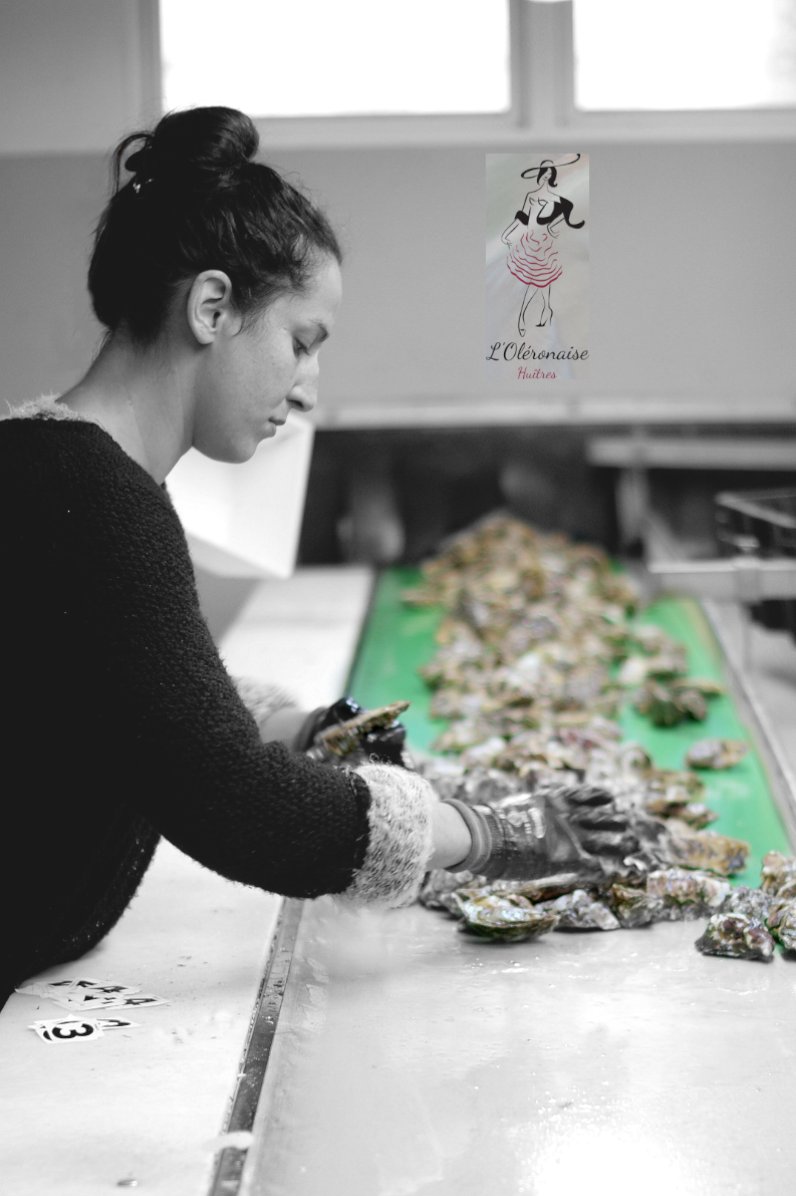

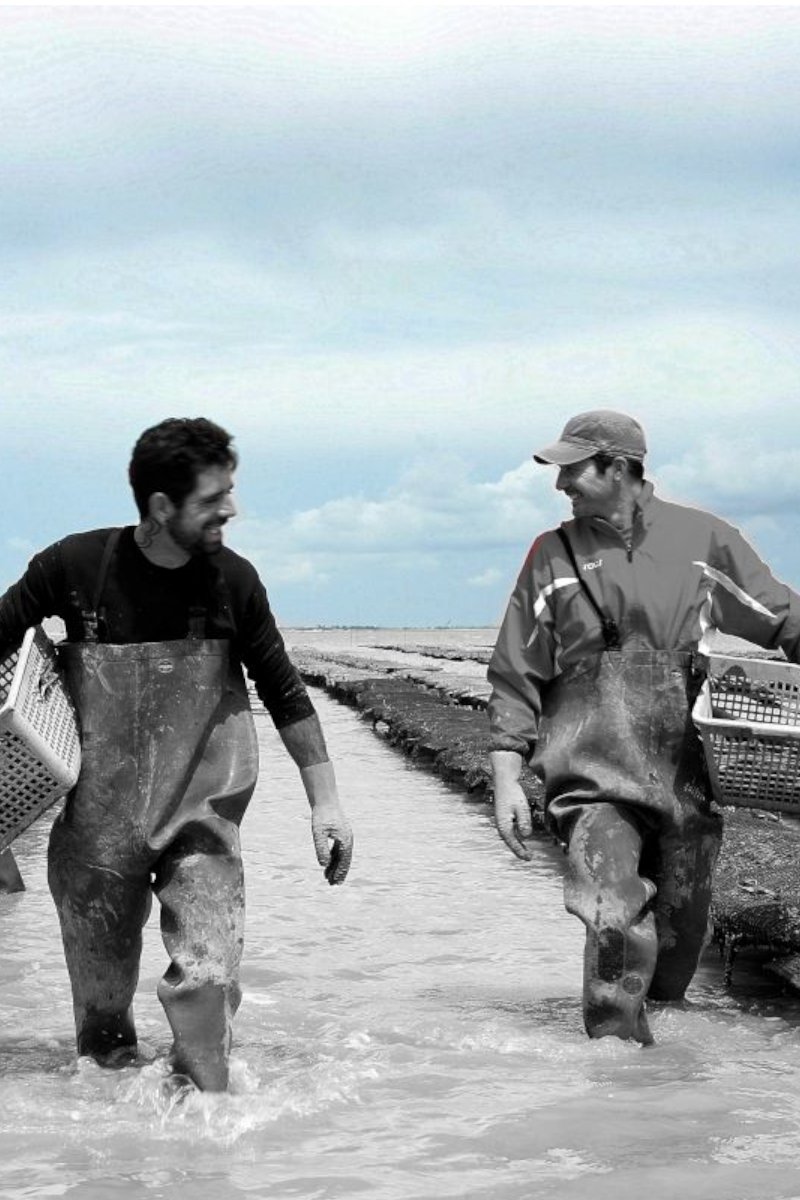
Summer Oysters
This does not impact the oyster’s gene pool at all. Summer oysters are not GMO oysters—they’re actually a cross between two species.
“We can begin selling summer oysters in June. Rest assured that all of our oysters are raised like nature intended. Some oysters are born with either two or four chromosomes. By crossing these two species, we get one with three chromosomes that is called a triploid oyster. It’s sort of like crossing a mandarin with an orange to produce a clementine! These hybrid triploid oysters are as natural as they come.”
Cédric Massé
Oléron Oysters are Hardy and Meaty
After three long years, the oysters are separated by size: No. 5 for the smallest and No. 2 for the largest.
“Our production methods create oysters that are hardy when they reach market-ready size. That means you get to enjoy them at their peak freshness, which is our pride and joy!”
Ceci est notre fierté « !Jean-Michel Massé
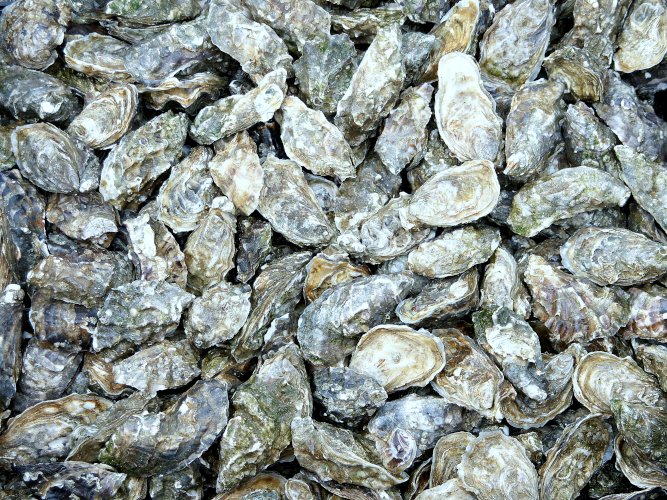
Oléron Oysters
Spat-to-Plate Production
Oysters from the Massé Oyster Farm are spawned in January and market-ready three years later in September.
Oyster spats are shipped to us from Ireland in February. After raising them for nine months, they are put on the market in October.
Dioxygen, Plankton and Lime
Like we said, we have to rotate the nets to craft a good oyster shell. Oysters become hardier year after year. Constantly turning over the net bags also keeps too much algae from forming. The key is to keep the water flowing. Oysters grow by getting ample room to breathe and feed on plankton.
A lot of mussels collect in the Marennes Oléron sea beds in May and June. This slows down the growth for oysters, so we have to continually turn over the net bags.
The more water we can get moving through the pouches, the more food the oysters can take in. That’s why we begin raising oysters in tight 4 mm net pouches. We then move them to pouches with larger openings as the oysters continue to grow.
